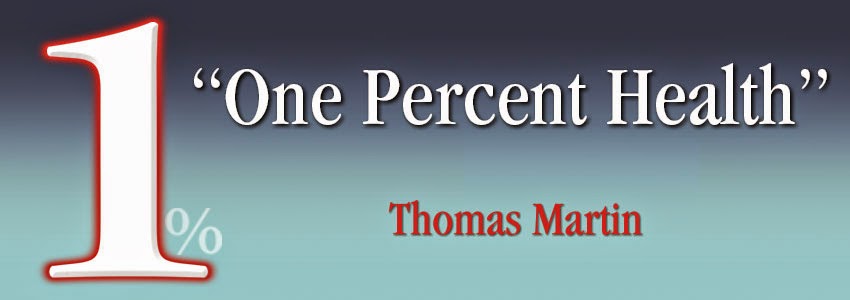http://www.thehealthyhomeeconomist.com/why-skim-milk-will-make-you-fat-and/
Joke: How do you dramatically increase sales of a new or unpopular food product to the American public?
Answer: Call it a health food!
This joke, while funny, is also very sad as it illustrates with humor what common sense, logic, observation, and facts cannot for the vast majority of Westerners. Time and time again, Americans are completely duped by the clever
Don’t believe it? How about margarine? Americans, in the span of just a few short years after World War II, all but completely shunned butter and this behavior pattern continued for decades because saturated fat was supposedly the demon of heart disease. See my blog which explains the truth about butter. Americans are finally waking up to the fact that butter is a wonderful, truly natural healthfood and it is margarine that ironically causes heart disease!
What about soy? This is another supposed “health food” that has been proven to do nothing but cause an epidemic of
I also blogged recently about the latest healthfood scam: agave nectar. Here again is an example of a new food that was marketed using the “health food” label. This approach to selling to the American people is obviously working as these products are readily available in most health food stores despite the fact that this product has a more deadly concentration of fructose than the high fructose corn syrup in soda!
Now, On to Skim Milk!
Hopefully, you are now convinced that labeling an item as a “health food” is a frequently used approach for selling something to the American public. Skim milk falls into this same category.Prior to World War II, Americans didn’t ever drink skim or lowfat milk. Drinking such a product to stay “thin and healthy” would have been laughable. Americans would only drink whole milk. In fact, the larger the creamline on their milk, the higher quality the milk, and the more likely the consumer was to buy it. Milk wasn’t homogenized in those days, so a consumer could easily see the distinct creamline on the milk to determine quality.
Cream has been considered a true health food for centuries. In Ancient Greece, Olympic athletes drank a bowlful of cream to give them strength and endurance before competition. Why? Because cream steadies
So, how did skim milk come to be recognized as a healthfood in America? It all ties back to the demonization of saturated fats that began shortly after World War II. Americans started to abandon butter and cream in droves about this time because studies had apparently shown that saturated fat was linked to the growing number of heart disease cases in America. Never mind that atherosclerosis (
With Americans abandoning whole milk due to its high saturated fat content, skim milk was touted as the new heart healthy food. Americans bought the scam hook, line, and sinker. Skim milk was the new king of the dairy aisle. This behavior pattern has continued for decades despite the average American getting fatter and fatter and the cases of heart disease showing no signs of abating.
In the 1990’s with the beginnings of the childhood obesity epidemic, doctors even started to encourage parents to switch their children to skim or lowfat milk around age 2. This foolish recommendation has done nothing but make kids fatter (source).
How does drinking skim milk make kids (and adults) fatter? This apparent paradox occurs when you reduce the saturated fat in a person’s diet and he/she turns to carbs (grains and sugars primarily) to fill in the gap. It is the grains and sugars that truly make you fat, not saturated fat. I’ve said before on this blog that the more butter and cream I eat, the easier it is to maintain my weight. MUCH easier. The same goes for all of us. If you drink skim milk, you will be missing out on the satiating, blood sugar and insulin steadying affects of saturated fat, so your body will automatically give you sugar and carb (grains) cravings to make up for it. The body is able to MAKE saturated fat out of sugars, hence the sugar cravings that are impossible to control when you eat a lowfat diet that includes skim milk.
Another big secret is that Big Dairy adds skim milk powder to skim milk. Here’s an excerpt from “Dirty Secrets of the Food Processing Industry” from the Weston A. Price Website:
A note on the production of skim milk powder: liquid milk is forced through a tiny hole at high pressure, and then blown out into the air. This causes a lot of nitrates to form and the cholesterol in the milk is oxidized. Those of you who are familiar with my work know that cholesterol is your best friend; you don’t have to worry about natural cholesterol in your food; however, you do not want to eat oxidized cholesterol. Oxidized cholesterol contributes to the buildup of plaque in the arteries, to atherosclerosis. So when you drink reduced-fat milk thinking that it will help you avoid heart disease, you are actually consuming oxidized cholesterol, which initiates the process of heart disease.One parting fact: pig farmers love feeding skim milk to their pigs. Why? It makes them REALLY fat! Still want to drink your skim milk? I hope not.
Try it! Increase your consumption of butter, whole milk yogurt and whole milk cheese for a few days and watch your sugar cravings rapidly diminish!
Still confused about fat? Please see my Resources page for where to buy healthy fats and oils.
Sarah, The Healthy Home Economist
